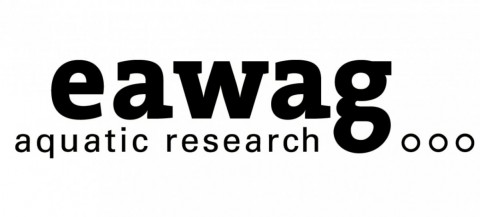Determining the effectiveness and mode of operation of Community Lead Total Sanitation (CLTS): The DEMO-CLTS study
2014 - 2018 • Eawag Sandec, Environmental and Health Psychology, (Swiss Federal Institute for Aquatic Science and Technology), USAID
Purpose
The study’s overall goal is to improve the behavioral change strategies used to eliminate open defecation.
Activities
This study will reveal the effectiveness and mode of operation of the community-led total sanitation (CLTS) intervention to decrease the incidence of open defecation (OD). In particular, it will determine which elements of CLTS are highly efficient in decreasing OD, which elements have no effect, which hinder the decrease of OD, and which are the most efficient in supporting communities in the attainment of OD-free (ODF) status. Additionally, the mode of functioning for CLTS will be investigated, and an evidence-based, behavioral change approach (i.e., the Risk, Attitude, Norms, Ability, Self-Regulation [RANAS] Model) will be contrasted with CLTS to disclose the most effective method of decreasing OD through behavioral change.
In the first phase of the project, an ad hoc survey will be conducted in 90 communities of 20 households each (N=1800), located in Cambodia, Lao PDR and Mozambique where CLTS has been implemented more or less successfully. Several interesting variations of CLTS will emerge from this survey and will be tested in a cluster-randomized controlled trial against one another, against the RANAS approach, and against a control arm. Therefore, baseline (before), midline (4 months after), and endline (12 months after) surveys will be carried out in 25 communities, each comprising 25 households (adjusting for panel dropout), in each of the five intervention arms within one country (N=3125). This trial will reveal which behavioral change approach is most efficient and how well the strategies are working. The study will improve behavioral change practice to foster the fight against OD.
In the first phase, the elements fostering or constraining the success of CLTS will be identified.
In the second phase, a cluster-randomized controlled trial will be conducted to test variations of CLTS with or without these elements; against one another; and against an evidence-based, behavioral change approach (the RANAS Model).
Overall, the results will show a) the mode of functioning of CLTS, b) the most effective CLTS strategy, c) how CLTS can be optimized, d) whether or not CLTS is the best behavioral change strategy, and e) how societal processes should be facilitated for communities to reach the ODF status.
Countries of activity
Location of main activity
Objectives
In the first phase, the elements fostering or constraining the success of CLTS will be identified.
In the second phase, a cluster-randomized controlled trial will be conducted to test variations of CLTS with or without these elements; against one another; and against an evidence-based, behavioral change approach (the RANAS Model).
Further information
Research or implementation partners: Plan International with its regional offices; USAID is a partner in Ghana where they will finance the implementation
Filter tags
Behaviour change Bill & Melinda Gates Foundation Community sanitation East Asia & Pacific Rural Rural areas Specific to one or several countries Sub-Saharan Africa United States government University, education or research institution
Links
Swiss Federal Institute for Aquatic Science and Technology
Duebendorf
Switzerland
Uploaded by:
Elisabeth von Muench (Elisabeth)
















